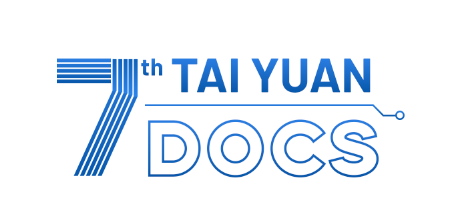Evolutionary Deep Learning: From Theory to Application
Special Session Chairs
• Prof. Lianbo Ma, Northeastern University, Shenyang, China
• Dr. Nan Li, Northeastern University, Shenyang, China
• Assoc. Prof. Guo Yu, Nanjing Tech University, Nanjing, China
Introduction
Evolutionary deep learning (EDL) combines the optimization capabilities of evolutionary algorithms with the powerful expressive capacity of deep learning models, aiming to automate the design and optimization of neural network architectures and their parameters. This approach, by simulating the process of natural selection and iteratively selecting the best solutions, effectively enhances model performance and adaptability in handling complex data patterns and predictive tasks. Furthermore, evolutionary deep learning introduces new pathways to improve the stability and generalization ability of models, showcasing extensive application prospects in various fields such as image recognition, natural language processing, and the simulation of complex systems. However, current research on EDL focuses on neural network architecture design, neglecting the impact of data preparation and model deployment on DL development. Therefore, the theme of this special session is to bring together researchers exploring broader EDL from theory to application. Specifically, this session will focus on deep feature selection, neural architecture search, parameter optimization, and model compression for EDL. Authors are encouraged to submit their original research to this special session.
Topics of Interest
Topics include but are not limited to:
• Evolutionary Architecture Search for Large-Scale Neural Networks
•Distributed Evolutionary Algorithms for Hyperparameter Optimization
•Evolutionary Strategies in Model Compression and Distillation
•Energy-Efficient Optimization of Large Models
•Incremental Learning and Evolution for Large Models
•Evolutionary Deep Learning in High-Performance Computing Environments
•Evolutionary Feature Extraction Techniques Combined with Deep Learning
•Evolutionary Feature Selection for Cross-Modal Datasets
•Real-world applications of ENAS, e.g. image sequences, image analysis, face recognition, natural language processing, named entity recognition, text mining, network security, engineering problems, financial and business data analysis, etc.
